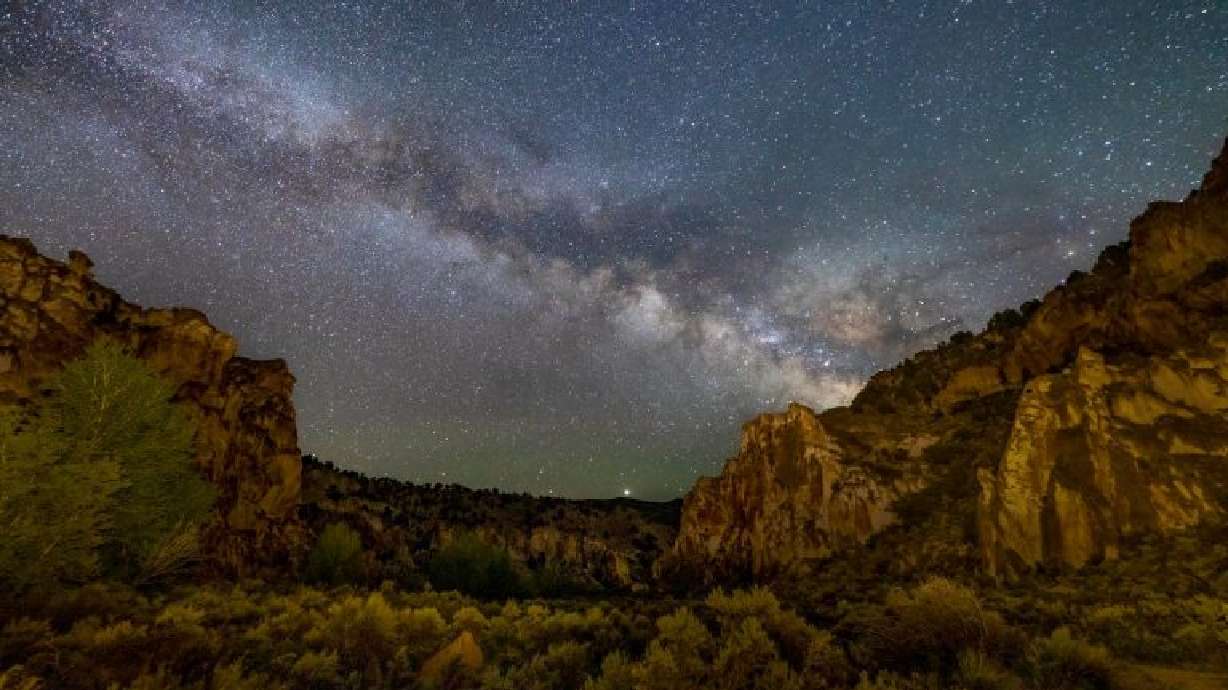Estimated read time: 2-3 minutes
This archived news story is available only for your personal, non-commercial use. Information in the story may be outdated or superseded by additional information. Reading or replaying the story in its archived form does not constitute a republication of the story.
SALT LAKE CITY — Add two more state parks to the list of best places in the world to view the night sky.
The International Dark-Sky Association on Thursday awarded "International Dark Sky Park" status to Fremont Indian State Park and Museum in Sevier County and Goosenecks State Park in San Juan County. They become the ninth and 10th Utah state parks to receive the status.
The recognition comes after Jordanelle, Kodachrome Basin and Rockport state parks all received similar designation in January.
Since 2001, the association awards dark sky park status to places around the globe that aim to preserve dark sky viewing and reduce light pollution. Places that apply must "demonstrate robust community support for dark-sky protection and document designation-specific program requirements," the organization states.
In a statement Thursday, Ruskin Hartley, the executive director of the International Dark-Sky Association, called the push by the Utah Division of State Parks to get more state parks to preserve dark skies "admirable."
Utah now has 21 total national, state and local dark sky parks, which leads any other place in the world. In fact, over one-fifth of all current dark sky parks are located in the Beehive State. Helper and Torrey within Utah also have received dark sky community status.
The International Dark-Sky Association argues that combatting light pollution has positive effects on wildlife and ecosystems. Justina Parsons-Bernstein, education specialists for Utah State Parks, said in January that it's also seen as a "heritage issue" in Utah, which is why she believed the movement became more popular in the state.
"People for so long were able to view the Milky Way from where they lived and now we're losing that more and more as we're getting denser and denser (in the) urban and metropolitan core," she said at the time. "But one of the exciting things we say is light pollution is reversible and we're getting that word out."
Enthusiasm over the subject even led to a bill this year proposing a new state license plate celebrating the state's many dark sky parks. Rep. Stephen Handy, R-Layton, sponsored HB198 that called the state's dark parks "something unique about our state."
The bill ultimately failed in legislative session after concerns about funding, the license plate's visibility and even some voiced concerns over states associations with the IDA.










